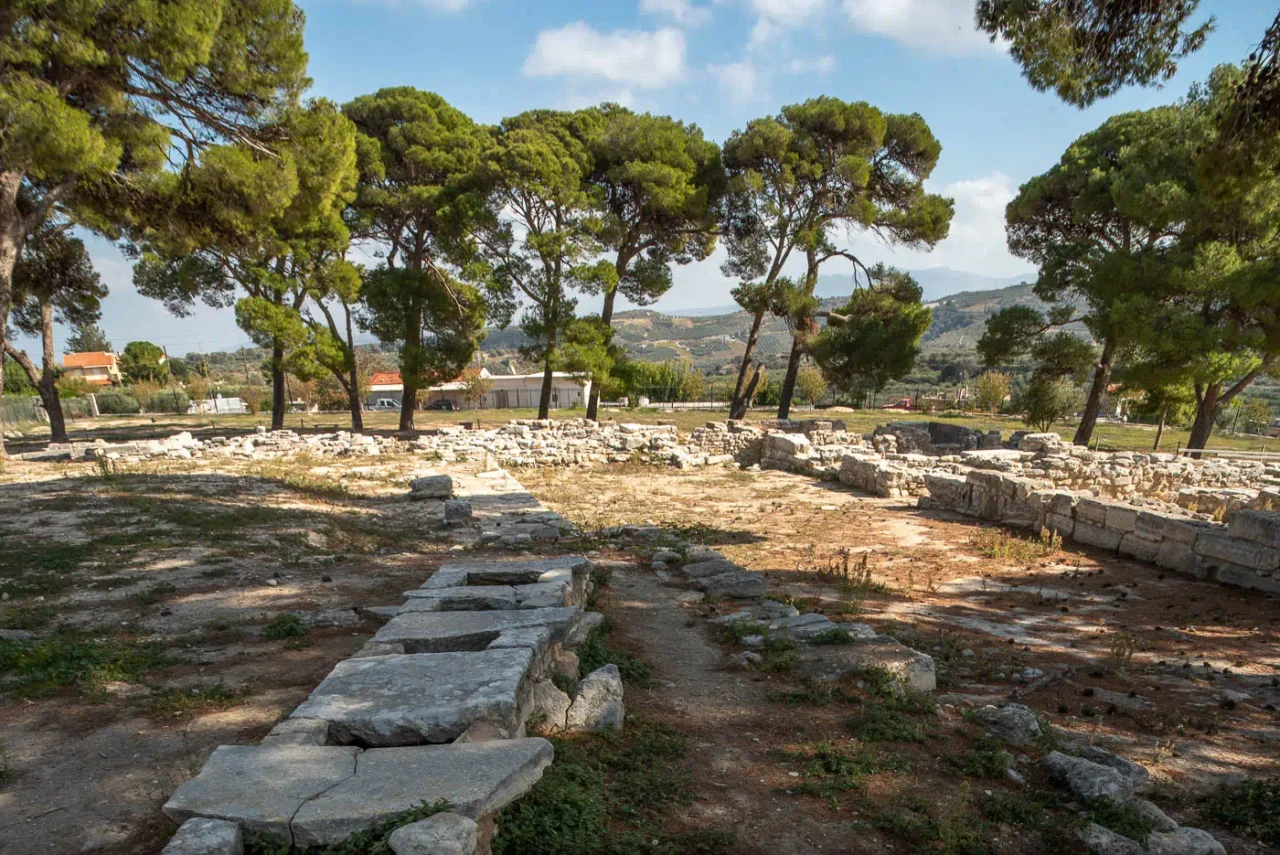
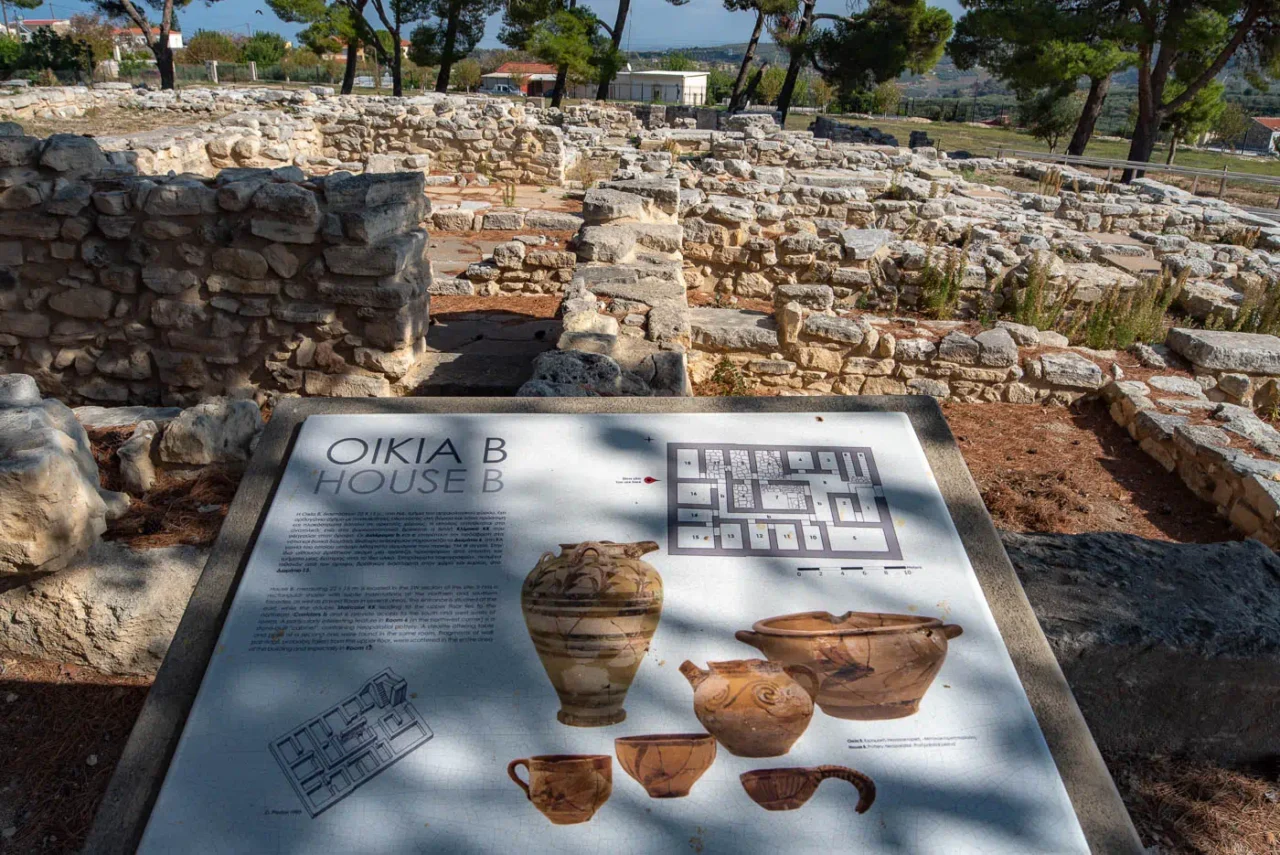
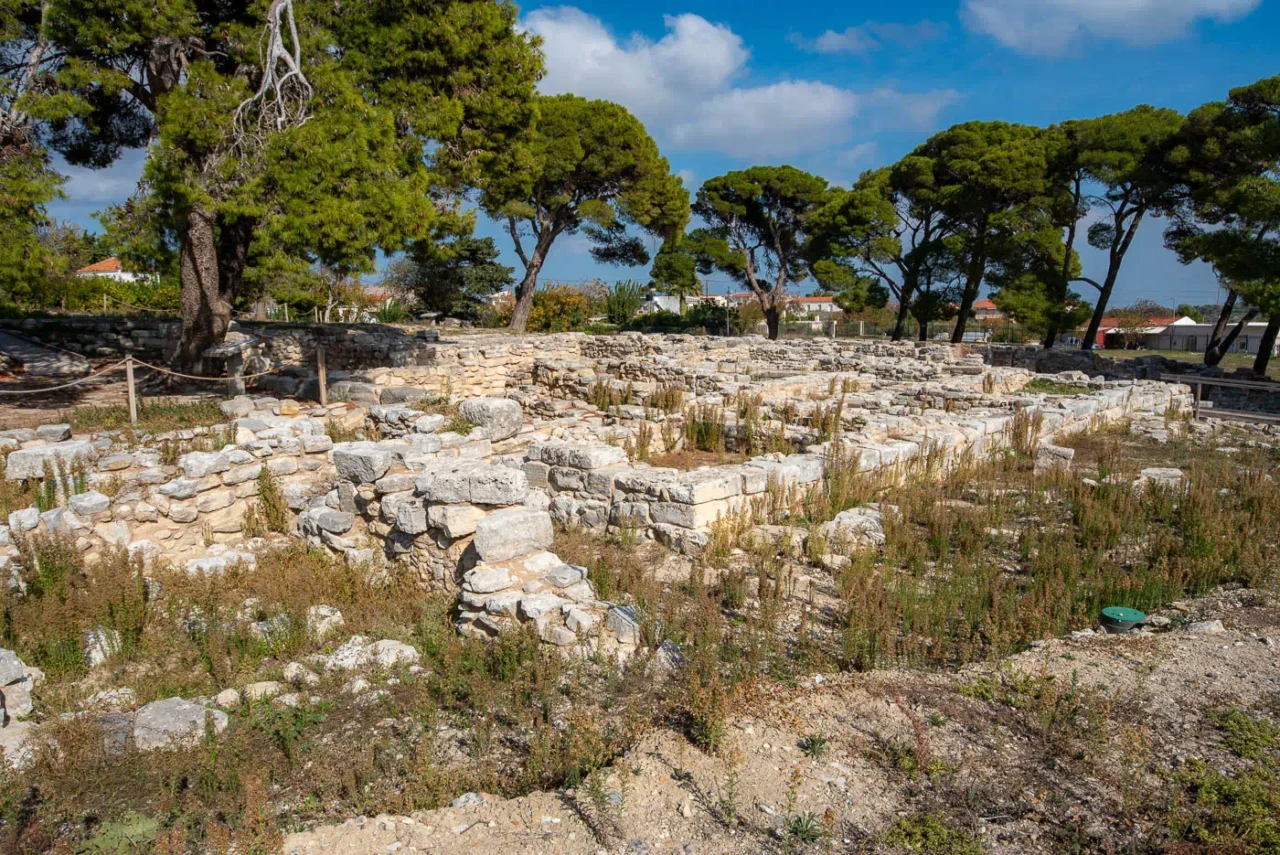
Tylissos is located 16km west of Heraklion, on the eastern slopes of Mount Psiloritis. It was a Minoan town that flourished in 1650-1450 BC, mainly due to its location on the road that led from Knossos to the western Minoan centers and the peak sanctuary of Pyrgos. It was destroyed in 1450 BC but was rebuilt and flourished until 1200 BC.
Three small palaces have been identified in Tylissos, named Megaron A, B, and C. Their architecture is considered among the most impressive in Minoan Crete, on par with the other great palaces. The best-preserved mansion is A, which was two stories high with a central courtyard, apartments, and storage rooms with pithoi. Megaron B contained very old finds, while mansion C had a central, bright hall and a water supply and drainage system.
Excavations at Tylissos began in 1912 by Joseph Chatzidakis after the accidental discovery of three large bronze cauldrons. Later, in 1940, Nikolaos Platon carried out restoration and maintenance work. Due to the discovery of the cauldrons and an impressive bronze figurine of exceptional artistry, it is believed that Tylissos was a major center of bronze working. In addition, tablets and pithoi inscribed with Linear A, considered the language of the palaces, have been found in Tylissos. Other finds include the impressive miniature frescoes, which are comparable only to those of Knossos. Many tombs have been found dating from 1400-1200 BC, with painted clay sarcophagi, vases, jewelry, seals, etc.
Construction Period: 1650-1200 BC
Location: 16km west of Heraklion, Crete
Dimensions: 35x18m (Mansion A)
Historical Significance: Major center of Minoan civilization, showcasing impressive architecture, artifacts, and evidence of advanced urban planning
Current Status: Archaeological site with ongoing research and preservation efforts













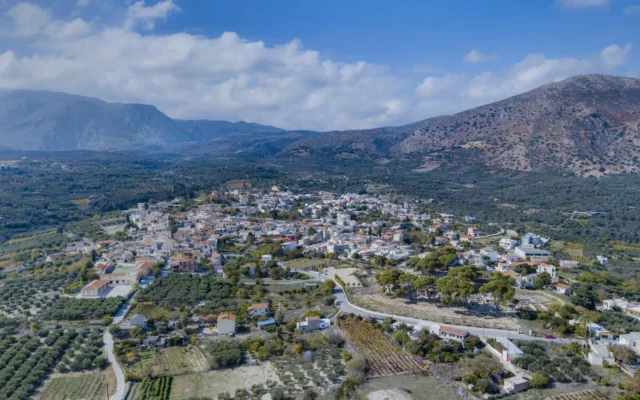
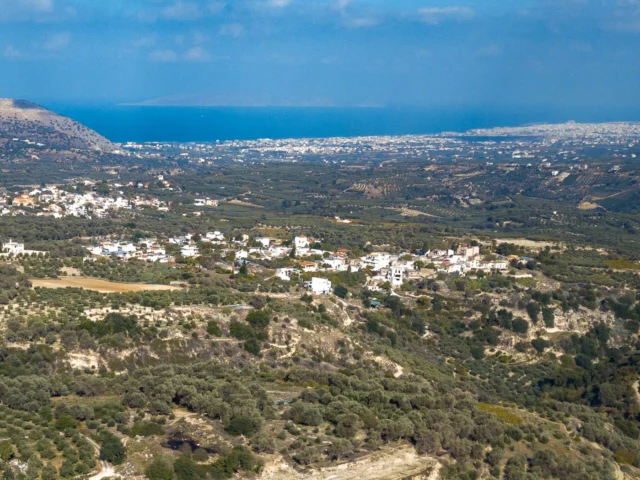

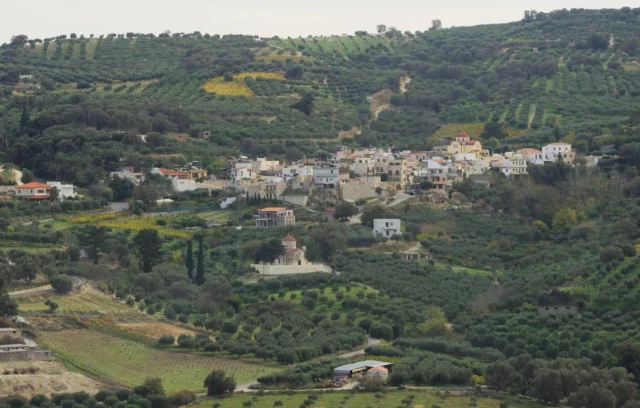


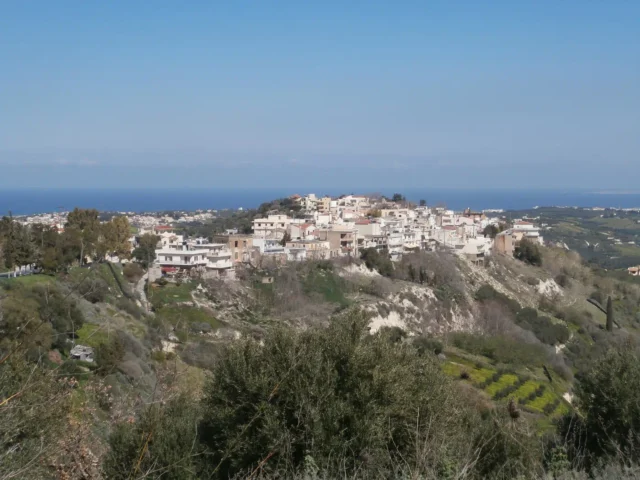

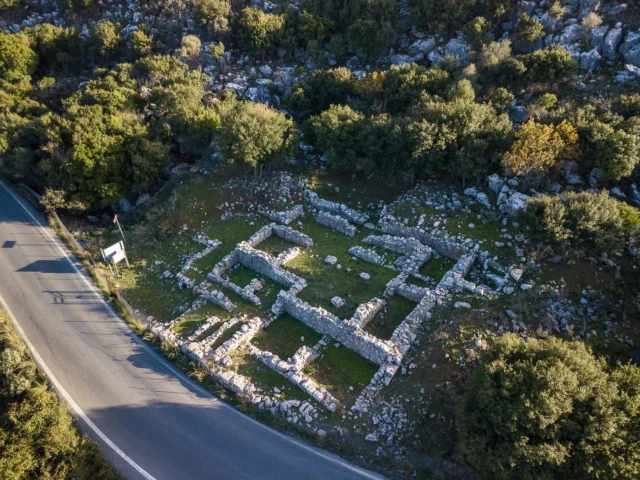
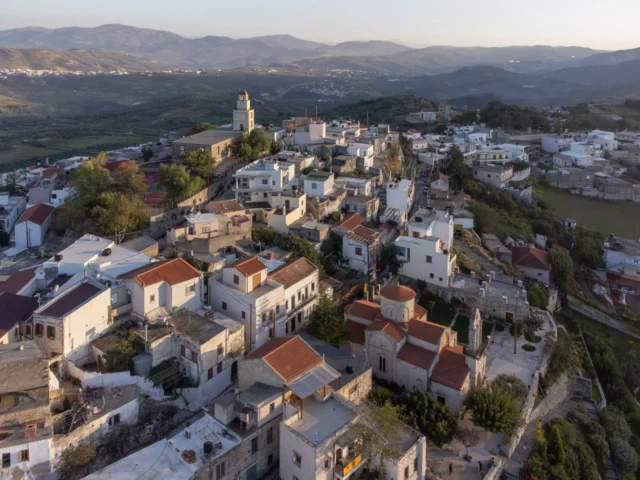

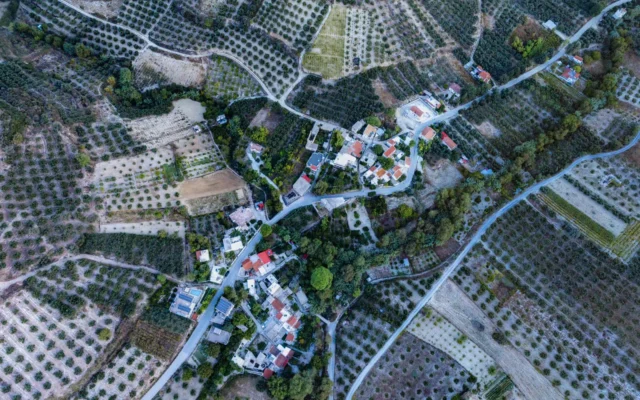
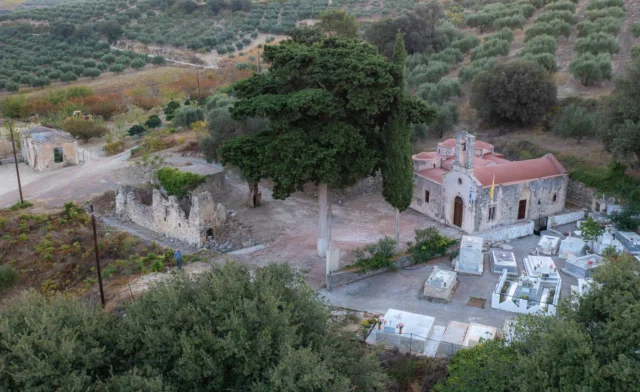
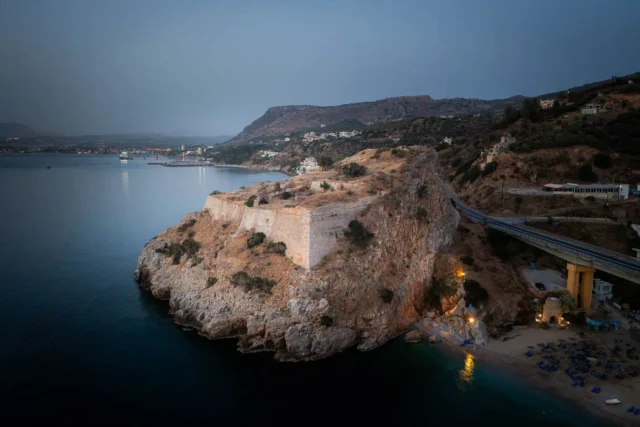
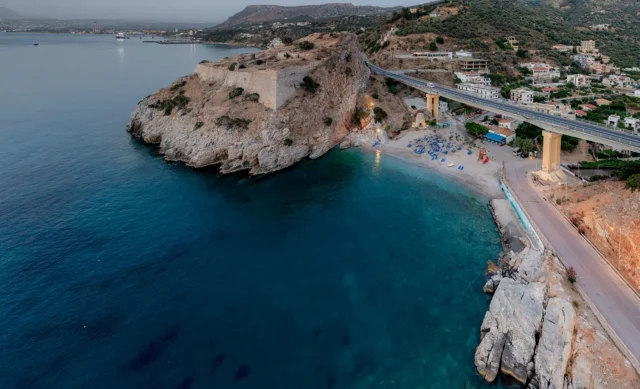
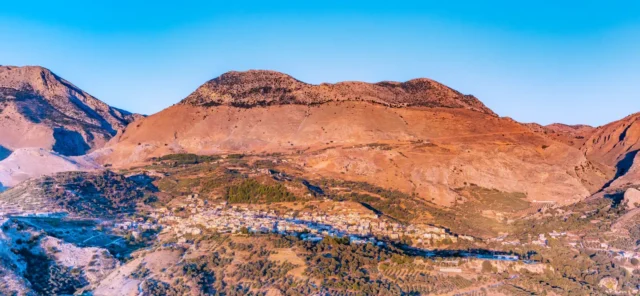

There are no comments yet.